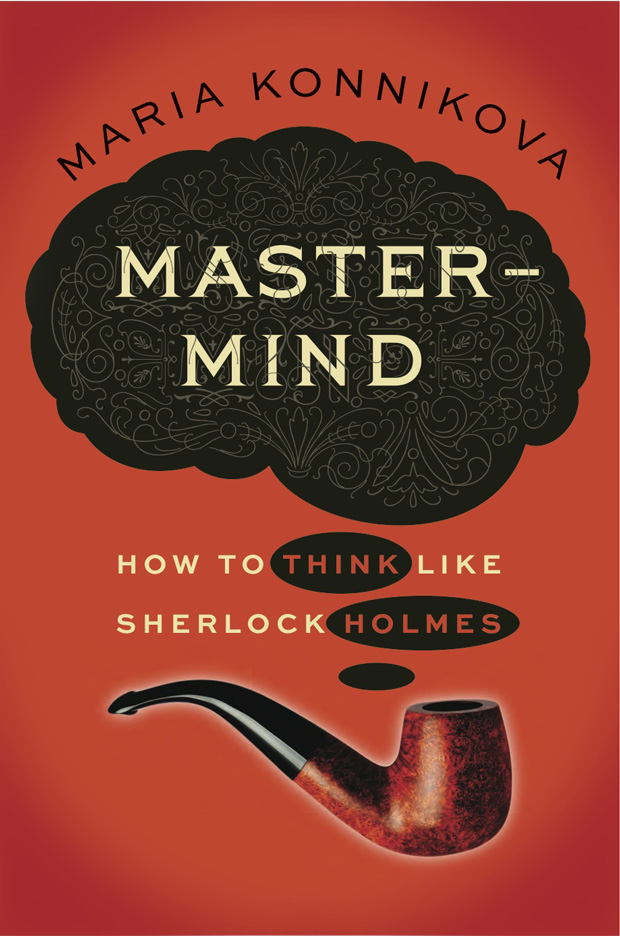Thinking, Fast and Slow
Avoiding thinking traps with Metaphor Mapping
The Nobel laureate Daniel Kahneman’s Thinking, Fast and Slow is a highly regarded research-based analysis of the many flaws in human decision-making and judgement. It surveys key elements of behavior research and behavioral economics. Without intending, it also describes many aspects of our thought processes that explain why Metaphor Mapping has proven effective in helping groups and individuals solve problems and set change strategies.
Foundation concept: System 1 vs System 2
There are two protagonists in Kahneman’s book. System 1 is “fast” thinking. It’s always “on” and you may not be conscious it. It’s automatic and emotional because it doesn’t require attention. It is intuitive, emotional and my personal view is it has a visual quality to it. System 2 is “slow” thinking. We’re conscious of it, it’s analytic and takes effort and we often think of it as our self. Fast thinking spontaneously generates ideas while System 2 applies rational analysis to validate and detail the ideas. System 2, however, is lazy. It will often just accept ideas from System 1 if they appear plausible. This can have serious consequences because without the critical analysis of System 2, System 1 has three main weaknesses that can lead us into traps:
- It views issues too narrowly
- It is more sensitive to loss than to gain
- It tends to be optimistic and overconfident
(This view of our thinking mechanism is become quite widely accepted. Maria Konnikova, in her 2013 book “Mastermind: How to think Like Sherlock Holmes” defines the two systems this way: System 1 = “Watson thinking” and System 2 = “Holmes thinking”) Konnikova emphasizes the importance of bringing wandering attention back to the problem at hand, which is further discussed under Peer Challenge.
Context manipulation – Priming, Framing, Anchoring
Metaphor Mapping guards against any inadvertent or intentional manipulation of the focus of goals and solution alternatives around one particular aspect of the challenge at hand. This risk is serious because of the numerable examples of looking one way at a small and “noisy” problem while a silent big threat is developing unseen by all but a few. Mapping accomplishes this by efficiently bringing together all the stakeholders and then by forcing visual communication and analysis of the big picture. By broadening the frame of evaluation, visioning and planning, it avoids putting too much weight on one aspect of an issue at the expense of others of equal or greater impact.
Metaphor Mapping requires the issue at hand to be framed end-to-end. It prevents the group’s collective mind from wandering because the problem’s context and specifics of its operations are continuously on display.
Constructive Peer Challenge
Other thought traps include: Loss aversion, Prospect theory, Halo effect, Avoidance, Illusion of validity, Illusion of skill, Certainty effect, Constructive peer challenge. Through the mapping process that continually displays the big picture of the groups thoughts, minds are concentrated in a symbolic, almost playful way, on all aspects of the issue at hand. That makes it natural and non-threatening to challenge ideas, evaluations and priorities. Maps created with stickers on flip charts encourage critical examination on both intellectual and emotional levels. “Is that the way things really work today?” “Does that symbol exaggerate the impact of the problem?” (Is the obstacle a crocodile or a duck?) These are constructive questions aimed at the ideas represented by the stickers and not aimed at those people. It becomes easy for the originator of an idea to discus its various aspects and agree to a different symbol as may be suggested by another group member. By the time such challenges and added thoughts have run their course, the full group has contributed to the result and owns it.
